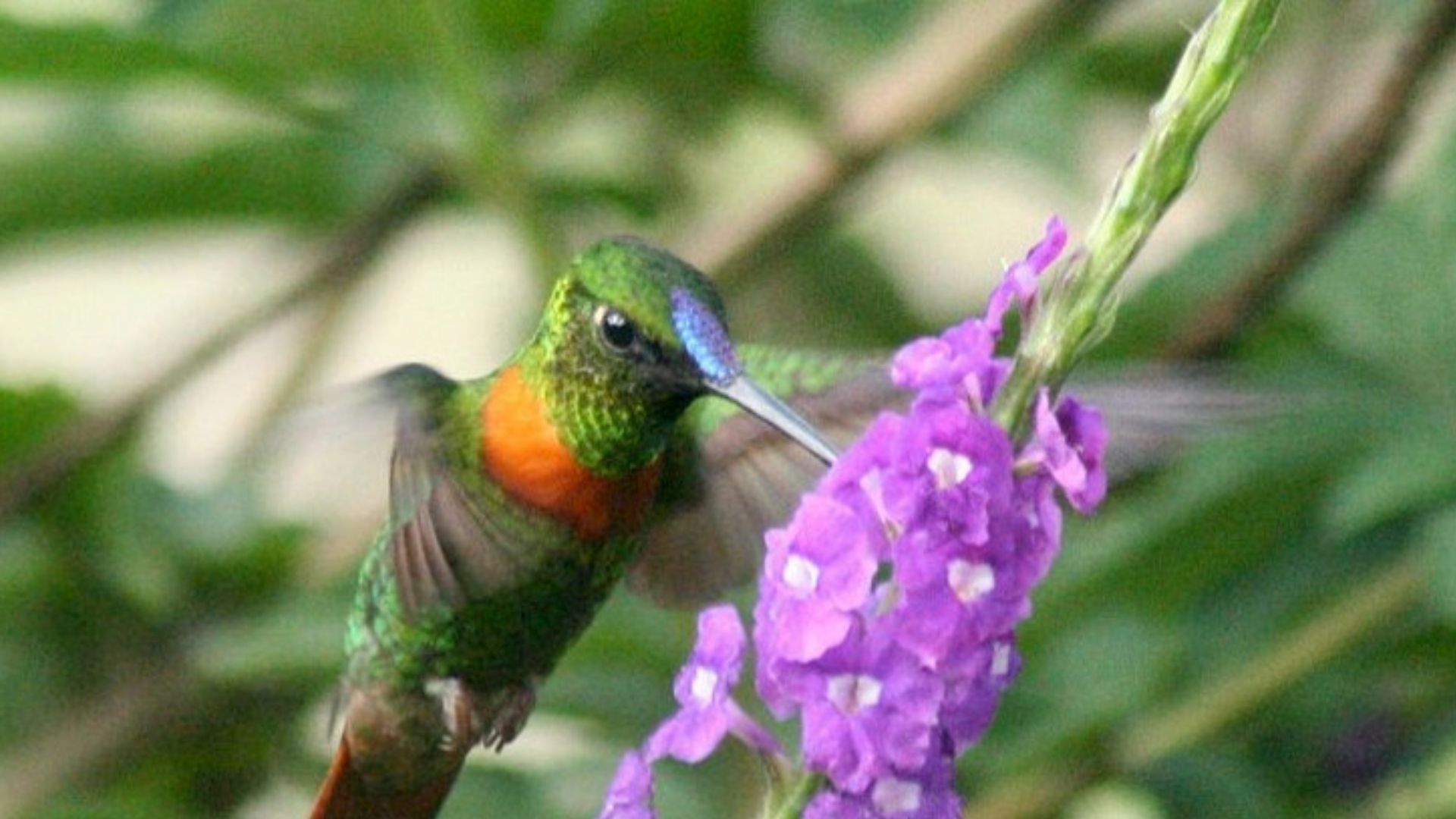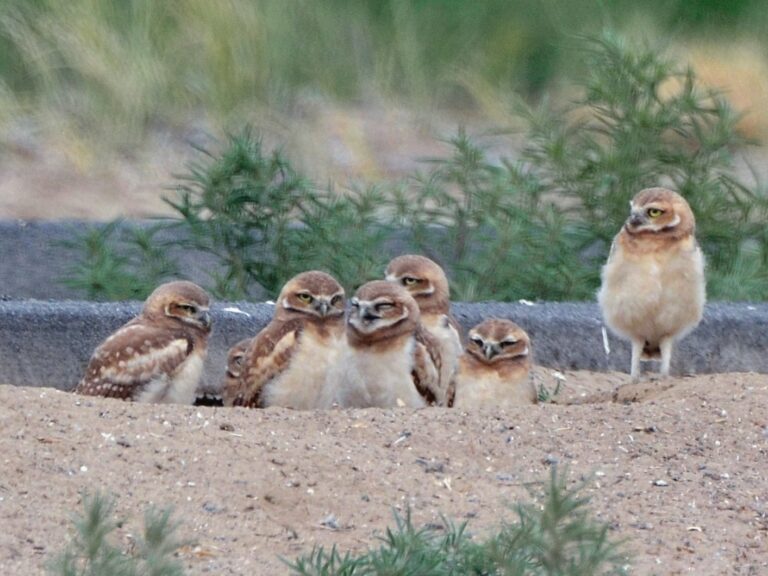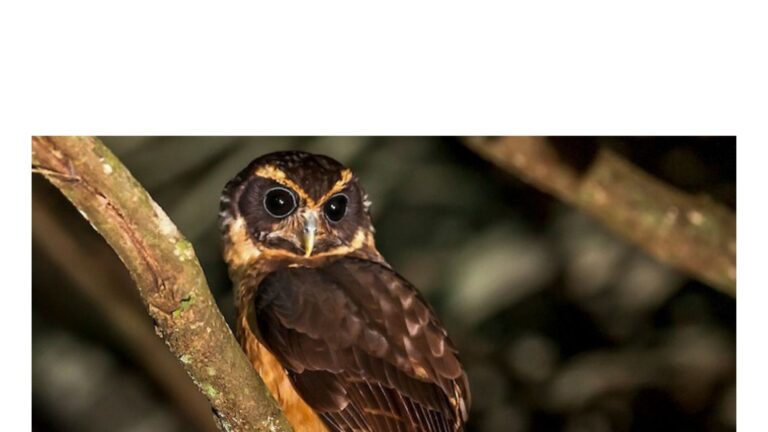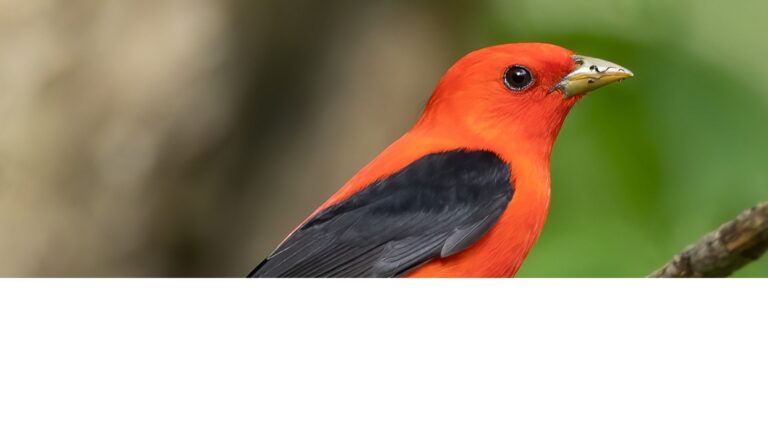Gould’s Jewelfront: Discovering the Unique Beauty of This Vibrant Hummingbird
This striking hummingbird is found in the lush landscapes of South America. This small bird, scientifically known as Heliodoxa aurescens, is admired for its vibrant plumage and unique behaviors. It plays a vital role in the ecosystem by pollinating a variety of plants, making it essential for maintaining biodiversity.
Primarily located in the lowland rainforests, this hummingbird is often spotted feeding on nectar from various flowers. Its adaptability to different habitats, coupled with its colorful appearance, makes it a favorite among bird watchers. Despite its charm, this species faces threats from habitat loss, which raises important questions about its future in the wild.
Learning more about this species will reveal the intricate connections between species and their environments, highlighting the importance of conservation. Readers will gain insight into its ecological role and the efforts needed to protect this beautiful hummingbird.
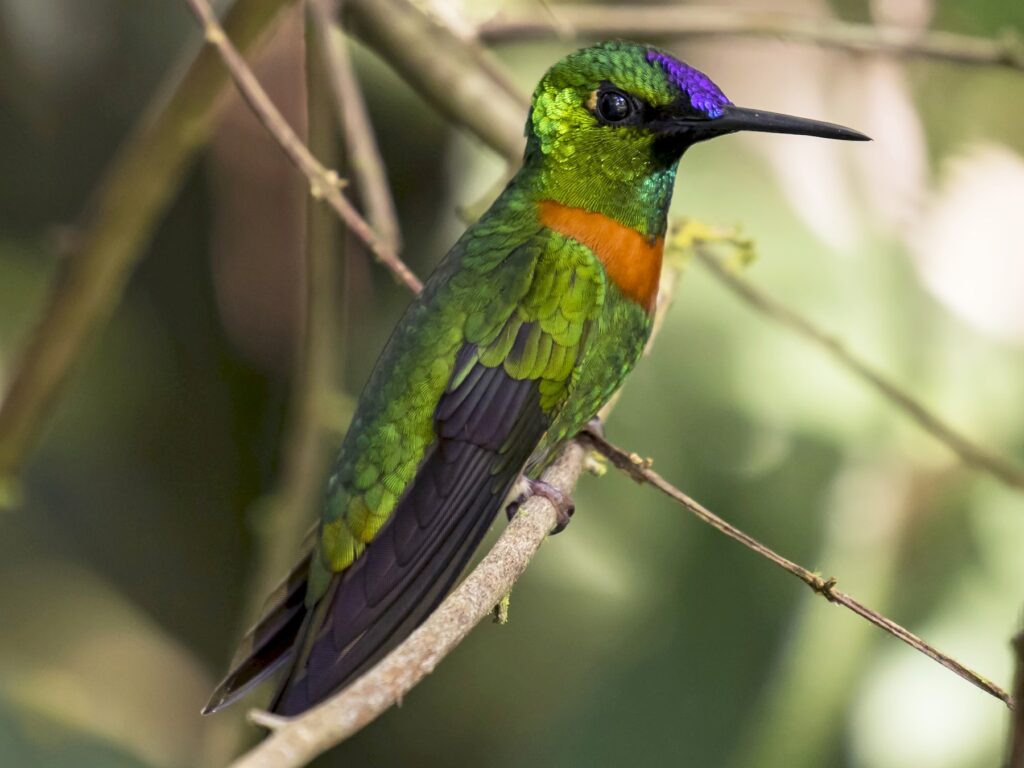
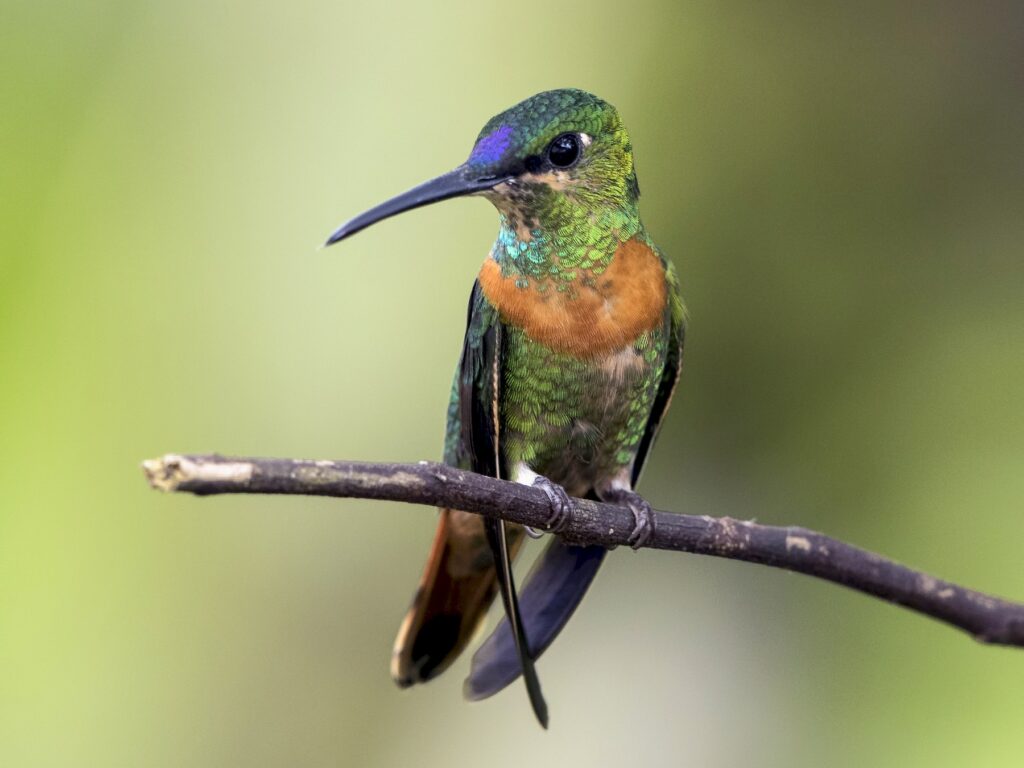
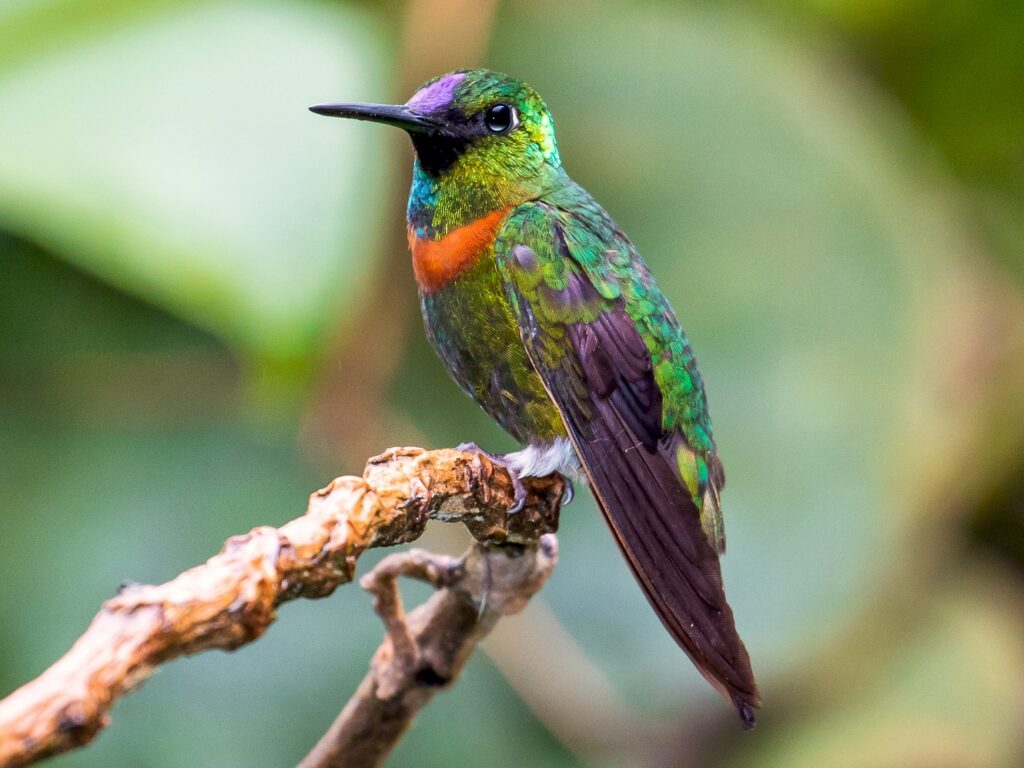
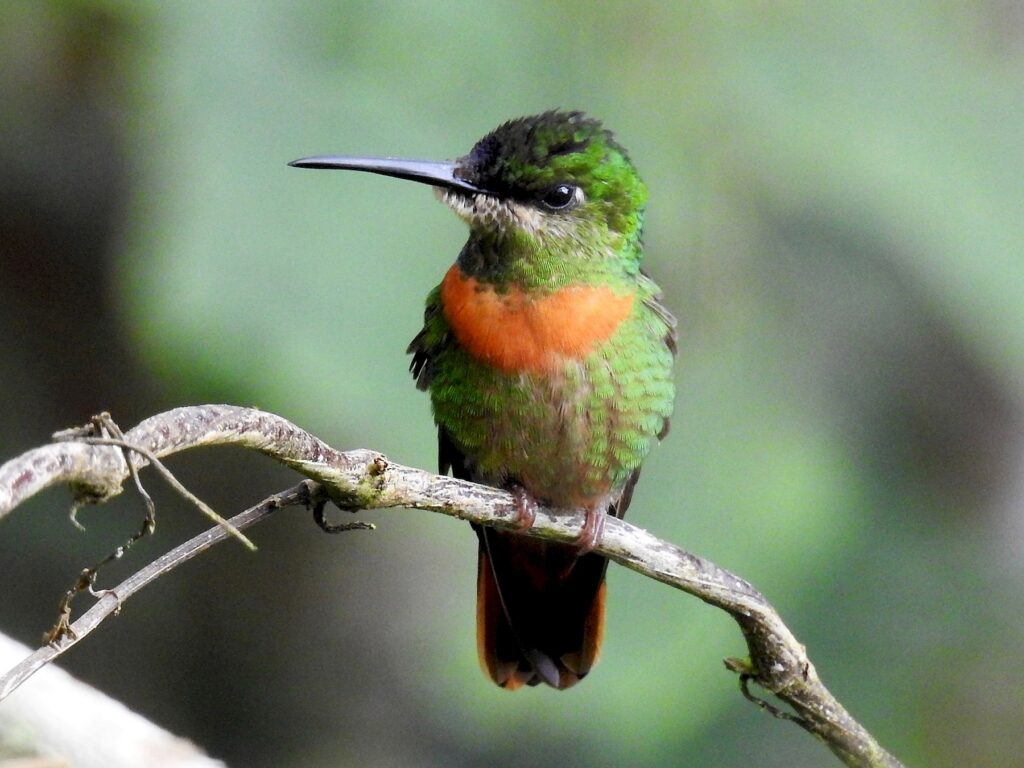
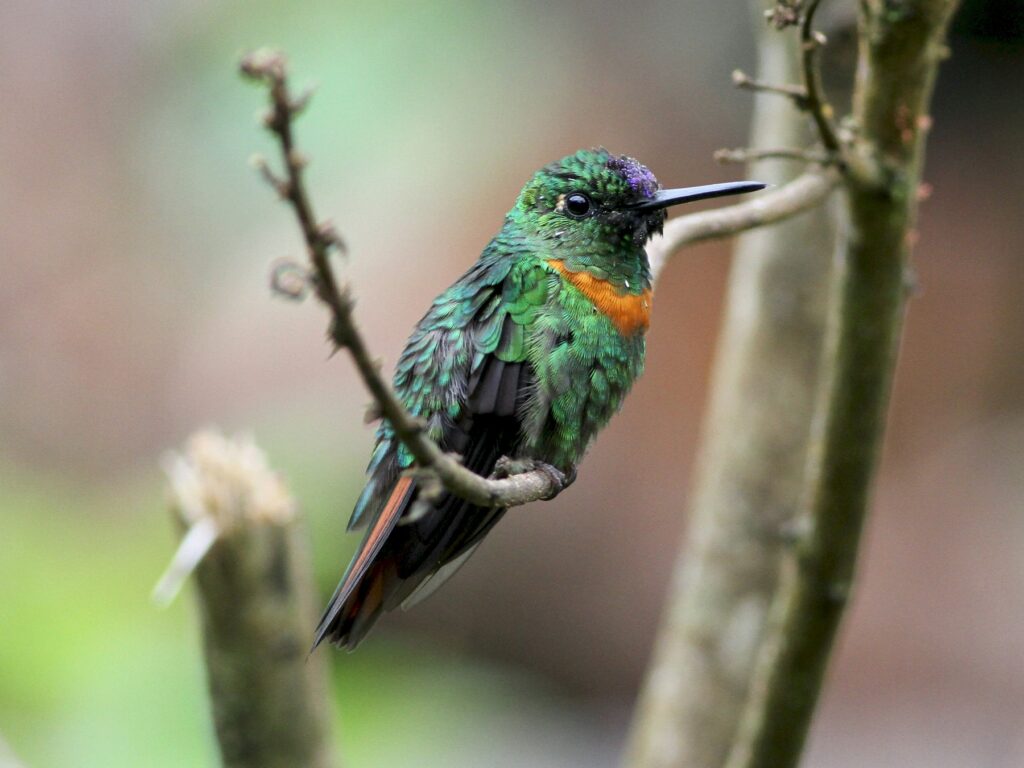
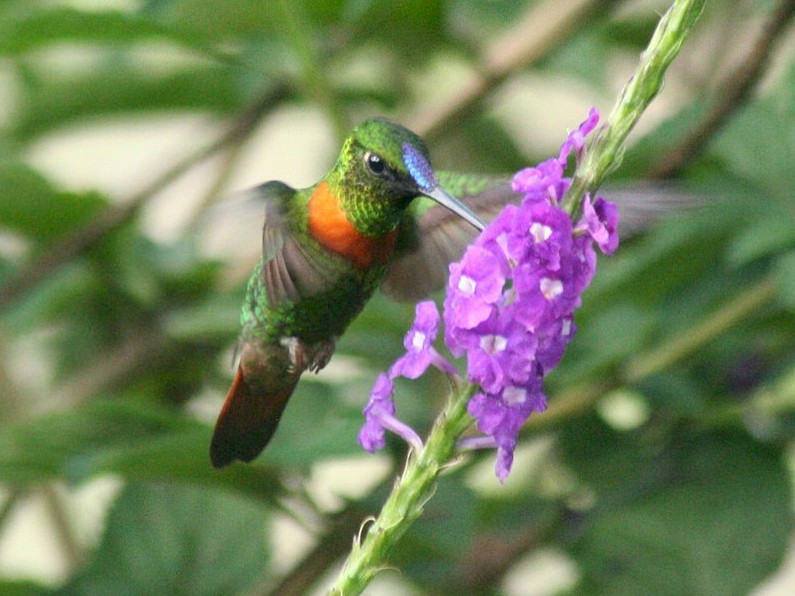
Key Takeaways
- Gould’s Jewelfront is a vital pollinator in South America’s ecosystems.
- This hummingbird faces habitat loss due to deforestation and other environmental changes.
- Understanding its behaviors can enhance wildlife conservation efforts.
Taxonomy and Description
This striking bird belongs to the family Trochilidae. This section covers the bird’s physical characteristics and its scientific classification, providing valuable insight into its identity and taxonomy.
Physical Characteristics
This species, scientifically named Heliodoxa aurescens, exhibits distinct physical traits. Its plumage is notably vibrant, showcasing a mix of green, blue, and purple hues. The iridescent feathers give it a jewel-like appearance, which is especially prominent in males.
The bird typically measures about 10 cm in length. The male has a brilliant green back, a bright blue throat, and a white chest. Females are similar but slightly duller, with less vivid colors. Both sexes exhibit a long, slender bill, which is well adapted for feeding on nectar from flowers.
Scientific Classification
The scientific classification of Gould’s Jewelfront places it within the genus Heliodoxa and the family Trochilidae. Here’s a simplified breakdown of its taxonomy:
- Kingdom: Animalia
- Phylum: Chordata
- Class: Aves
- Order: Apodiformes
- Family: Trochilidae
- Genus: Heliodoxa
- Species: Heliodoxa aurescens
This classification highlights its close relationship with other hummingbirds. Gould’s Jewelfront is part of a diverse group noted for their specialized feeding and vibrant colors, reflecting their adaptation to specific ecological niches.
Habitat and Distribution
This small hummingbird is found in specific regions of South America. Its distribution is limited to a few countries, and it thrives in particular habitats that support its lifestyle.
Geographic Range
This bird is primarily found in Brazil, Peru, Ecuador, Bolivia, and Venezuela. Its range is concentrated in lowland tropical forests and riverine areas, inhabiting regions with abundant floral resources, which are essential for its feeding needs. Within these areas, it often occupies territories where flowering plants are plentiful, allowing it to secure food.
The bird’s habitat is generally linked to the availability of nectar-rich flowers, and its distribution aligns closely with these floral patterns. Furthermore, its presence can indicate healthy ecosystems, as it relies on specific plants for sustenance and breeding.
Habitat Preferences
Gould’s Jewelfront prefers lowland habitats, especially areas near rivers and streams. These environments provide a rich diversity of flowering plants, which are crucial for its diet.
The bird often favors dense foliage and undergrowth, where it can find protection and nesting sites. It tends to be territorial, defending small areas rich in nectar sources. This territorial behavior is essential for its survival, as it ensures access to adequate food supplies.
In summary, through its preferences for specific habitats and a defined geographic range, Gould’s Jewelfront plays a vital role in the ecosystems it inhabits across South America.
Conservation Status
Gould’s Jewelfront exhibits fascinating behaviors in both feeding and breeding. These aspects are crucial for understanding its role in the ecosystem.
Feeding Behavior
Gould’s Jewelfront primarily feeds on nectar from various flowering plants. It uses its specialized long bill to access deep floral structures, maximizing nectar intake.
They are known to prefer blooms that are rich in resources, often hovering to obtain nourishment. This behavior aids in pollination, as they inadvertently transfer pollen from one flower to another.
Diet Highlights:
- Nectar: Key component of their diet.
- Variety of Flowers: They are attracted to a range of tropical flowers.
Gould’s Jewelfront typically feeds in a territorial manner, often defending choice feeding spots from other hummingbirds. Their agility and hovering skills enable them to maneuver quickly and efficiently among flowers.
Breeding Habits
Gould’s Jewelfront breeds during specific seasons when food is plentiful. Males perform elaborate aerial displays to attract females, showcasing their vibrant plumage.
The nesting process involves the female creating a small cup-shaped nest, often using plant fibers, spider silk, and leaves. She typically lays two tiny eggs, which are incubated for about two weeks.
Breeding Details:
- Nesting: Usually located in dense vegetation.
- Eggs: Small, often camouflaged to protect from predators.
Once the eggs hatch, the female alone tends to the chicks, feeding them a mixture of regurgitated nectar and insects. This dedicated care ensures a higher survival rate for the young hummingbirds.
Conservation Status
This species has been classified as a species of Least Concern by the International Union for Conservation of Nature (IUCN). This designation indicates that it does not face immediate threats that could lead to a rapid decline in its population.
The species is primarily found in lowland rainforests across South America. Its adaptation to this habitat plays a crucial role in its survival.
Despite its stable classification, certain factors could impact its future. Habitat loss due to deforestation and agriculture remains a concern in many regions.
Efforts are underway to study and monitor populations. Conservation organizations focus on preserving its natural habitat to ensure the species remains stable.
Ongoing research into their behavior and ecology also helps inform conservation strategies. Protecting this beautiful hummingbird is essential for maintaining biodiversity in its ecosystem.
While currently not at risk, continued awareness and conservation efforts are vital to safeguard the future of Gould’s Jewelfront.
Interactions with Humans
This species, also known as Brillant à Bandeau Bleu or Gioiello di Gould, interacts with humans mainly through feeders and observation. People can attract these beautiful birds by setting up appropriate feeders and understanding their behaviors.
Hummingbird Feeders
To attract Gould’s Jewelfront, a proper hummingbird feeder is essential. These feeders should be filled with a sugar-water solution, typically consisting of one part sugar to four parts water.
It is important to avoid red dye in the solution, as it is unnecessary and may be harmful to the birds.
Placement is key; feeders should be hung in shaded areas near flowering plants. Flowers like hibiscus or trumpet vine can encourage visits. Kanelbröstad Briljant and Rødbrystbriljant are also seen in similar habitats, making their presence a good sign.
Regular cleaning of feeders is important to prevent mold and illness. Ideally, feeders should be cleaned every few days, especially in warm weather.
Observation Tips
Observing Gould’s Jewelfront can be rewarding. To maximize sightings, early morning or late afternoon is the best time. These birds are most active during these hours, feeding and displaying their vibrant colors.
Using binoculars can enhance the experience, making it easier to appreciate their iridescence. Staying quiet and patient increases the chances of witnessing their natural behavior.
Setting up near flowering plants enhances the likelihood of encounters. It is also beneficial to have a feeder nearby for easy access. Observers should take note of the Gould’s Jewelfront’s hovering skills and distinctive calls, which can distinguish them from other species.
By using these tips, individuals can increase their chances of engaging with these stunning hummingbirds in their own backyards.
Frequently Asked Questions
This section provides important information about Gould’s Jewelfront, including its habitat, physical features, feeding habits, breeding behavior, conservation issues, and how to distinguish it from other similar hummingbirds.
What is the typical habitat of the Gould’s Jewelfront?
Gould’s Jewelfront typically inhabits lowland forests in eastern Ecuador. It prefers dense, humid areas where it can find plenty of flowers.
What are the distinguishing characteristics of the Gould’s Jewelfront?
This hummingbird is known for its striking iridescent plumage. The males usually have a bright green body with a distinctive blue throat and a long, slender bill.
What does the Gould’s Jewelfront primarily feed on?
Gould’s Jewelfront primarily feeds on nectar from various flowers. It is especially attracted to tubular flowers that are rich in nectar.
How does the breeding behavior of the Gould’s Jewelfront differ from other hummingbirds?
During the breeding season, the male performs elaborate courtship flights to attract a mate. The female builds the nest and is solely responsible for raising the young, which is common among hummingbirds.
Are there any conservation concerns regarding the Gould’s Jewelfront population?
Yes, habitat loss due to deforestation poses a significant threat to the Gould’s Jewelfront. Conservation efforts are necessary to protect its natural environment and ensure the species’ survival.
How can one differentiate Gould’s Jewelfront from similar species in its range?
Gould’s Jewelfront can be differentiated by its unique coloration and long bill. Observers can also note its specific flight patterns and feeding habits compared to similar hummingbird species in its habitat.
